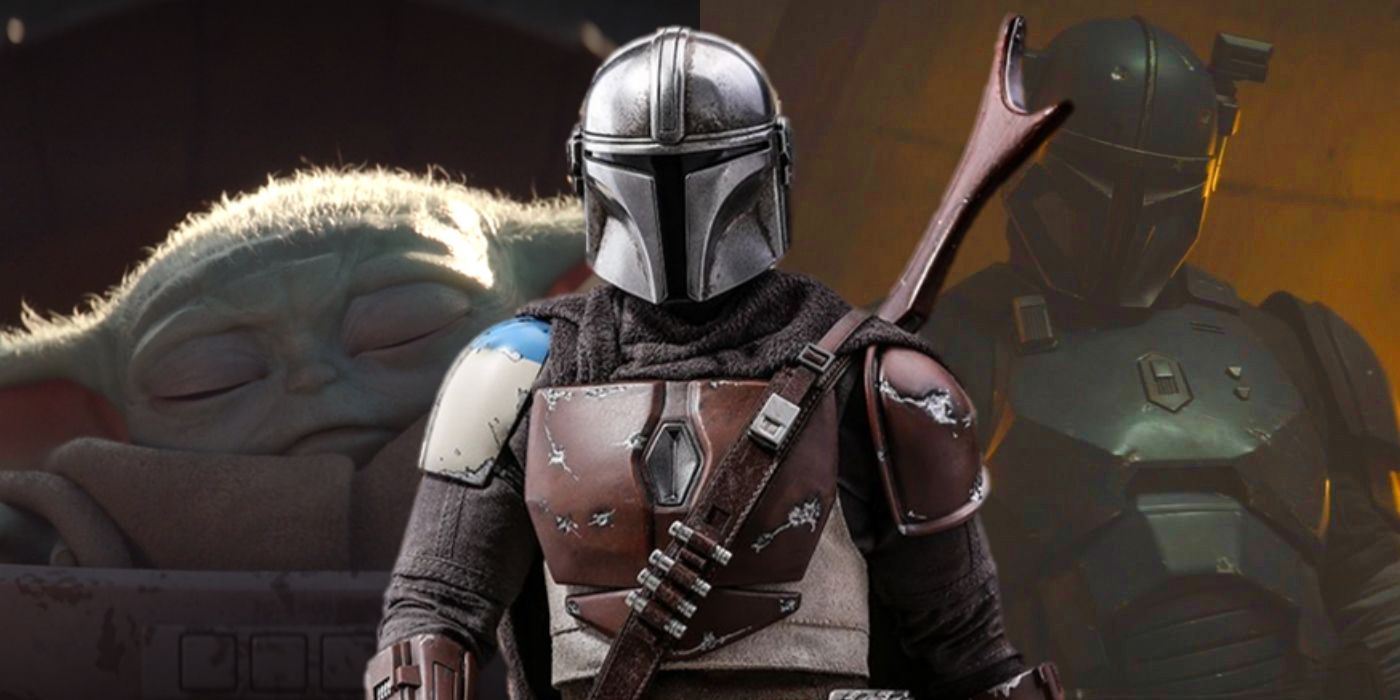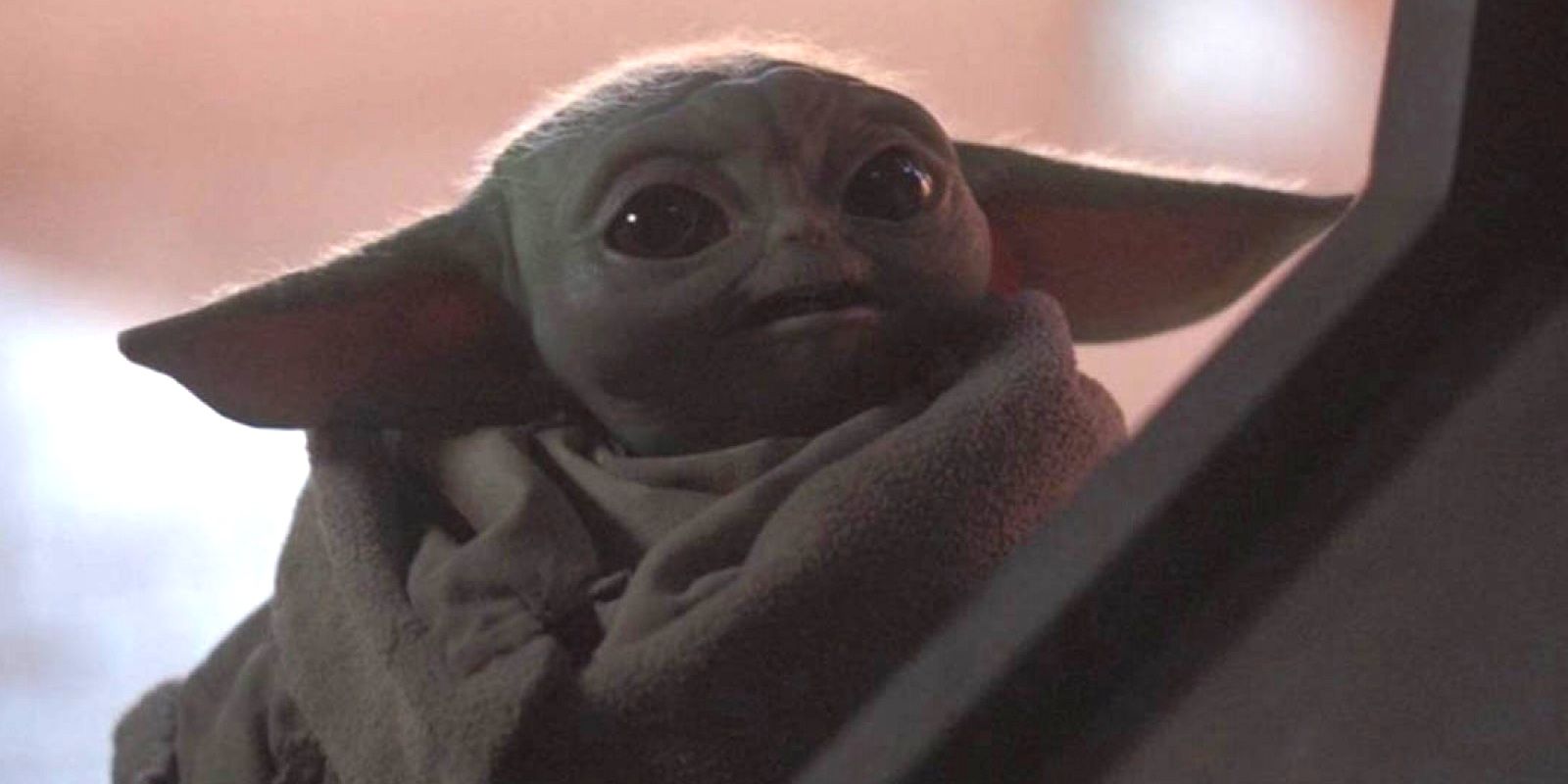Across its first three episodes, The Mandalorian has fared on the more predictable side, featuring character and story beats that viewers can see coming a parsec away – but this might be intentional on showrunner Jon Favreau’s part. The famed filmmaker could be deliberately and meticulously setting up a storytelling expectation to establish credentials with the Star Wars faithful – and, of course, to help secure ratings for the brand-new Disney+ streaming service – but he could also be quietly experimenting with narrative in the galaxy far, far away.
This dynamic between solid, safe yarn-spinning and risky expansion has been going on since the earliest days of Disney’s ownership of Star Wars. The sequel trilogy started off with The Force Awakens, a movie which is almost a point-by-point remake of the original Star Wars from 1977; the first of the so-called anthology installments, Rogue One: A Star Wars Story, meanwhile, went for a darker, more morally ambiguous tone, hoping to broaden the canvas that George Lucas first erected four decades ago.
The Mandalorian, so far, has never veered far afield from its genre influences (those both within the Star Wars universe and without it): the strong, silent bounty hunter – ensconced in Mandalorian armor, no less – who strides into seemingly any situation and always emerges with his query, no matter the peril and no matter the client who’s behind the orders. And even the plotting within this safe, conservative framework rarely, if ever, deviates from the expected – audiences just know, for instance, that the Mando will inevitably choose to go back and save the so-called Baby Yoda from the ex-Imperials’ clutches, or guess that he would be saved at the last minute from certain doom by some backup that comes riding in, (Force) guns a-blazing (whether that be Baby Yoda in episode 2 or his fellow Mandalorian warriors in 3).
The first possible explanation for this tried-and-true plotting, as previously mentioned, could be that Jon Favreau – or Lucasfilm, or Disney – is more interested in playing it safe and sticking the landing before attempting to get more sophisticated conceptually or more nuanced in the show’s delivery. Since The Mandalorian is the flagship series of Disney+, it has a lot riding on it, and that brand-new streaming platform itself could very well represent the bulk of The Walt Disney Company’s future.
Or, again, it could be that all this is just lulling viewers into a false sense of security – making them think that they know exactly where this story is heading – before Favreau and his fellow writers yank the narrative rug out from under their feet. A big twist that arrives in the back half of the season can land all the more effectively if the first half leading up to it is relatively staid – the classic example of misdirection, which is the hallmark of writers and magicians both. If this is indeed the case, then expect some major shake-ups to occur in much the same way that the presence of Baby Yoda unexpectedly altered audiences’ perceptions of what Mandalorian was going to be when they were first heading into it.
And speaking of that infant member of Yoda’s species, such cautious storytelling hasn’t so far stopped the television series from exploring certain specific corners of Star Wars mythology a little bit more fully. The biggest example may be Baby Yoda and his possible connection to the Empire, but there’s also some leftover tech from the original films and, even, the burgeoning relationship between the Mando and the child, which plays upon decades of SW storytelling, going from Ben Kenobi and Luke Skywalker to Anakin Skywalker and Ahsoka Tano to, most recently, Han and Ben Solo. So no matter which way Jon Favreau ends up playing The Mandalorian's inaugural season, the franchise’s future on the small screen will remain vivid.


